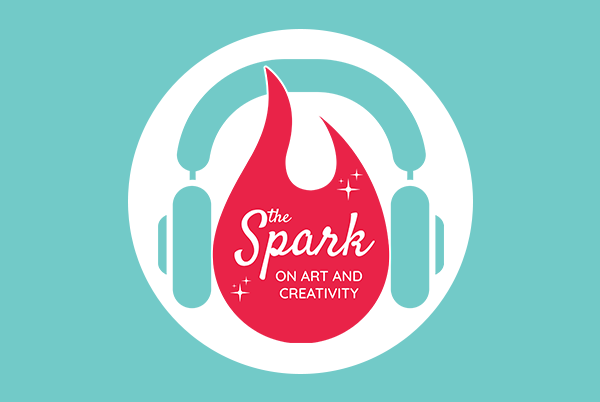
Winter is a wonderful time to slow down, to take time alone for reflection, and to get extra sleep. But if you notice that your solitude and fatigue are marked by sadness and hopelessness, you may be experiencing depression.
Signs and Symptoms
The National Alliance on Mental Illness identifies these common characteristics of major depressive disorder with a seasonal pattern:
- Sleeping a lot
- Tired during the day
- Overeating
- Weight gain
- Craving carbohydrates
Many people may experience other symptoms as well, including:
- Decreased sexual interest
- Lack of energy
- Hopelessness
- Suicidal thoughts
- Lack of interest in usual activities and decreased socialization
This type of depression will lift in the spring months, when the days get longer and warmer. Talk to your healthcare provider if you think you might be experiencing depression with a seasonal pattern, so that you can work together to prevent or manage symptoms in the winter. Be sure to share your medical family history, because mood disorders often run in the family.
Feeling Better
Since this disorder follows a pattern, you can develop strategies to minimize the symptoms, including artificial light therapy, an exercise routine, and talking to a therapist. It is also suggested to plan a winter trip somewhere warm and sunny. Find your next winter destination using one of our travel books!




